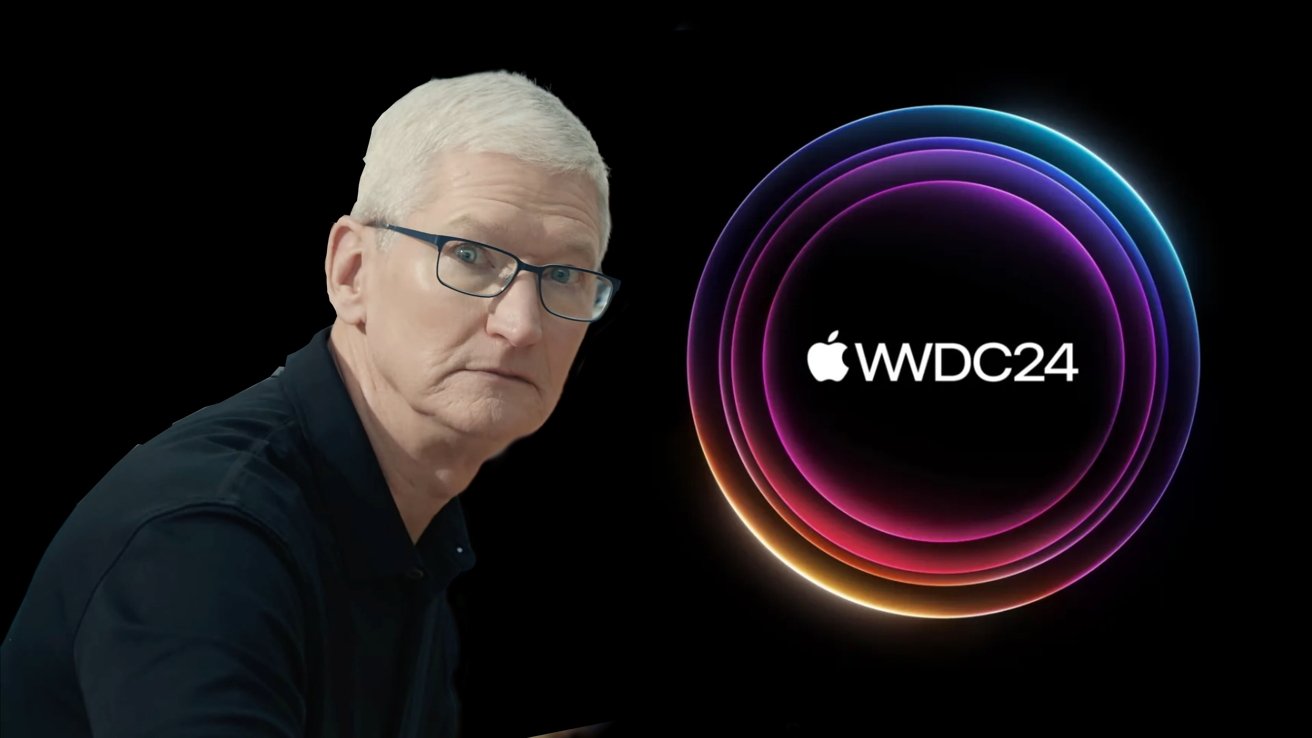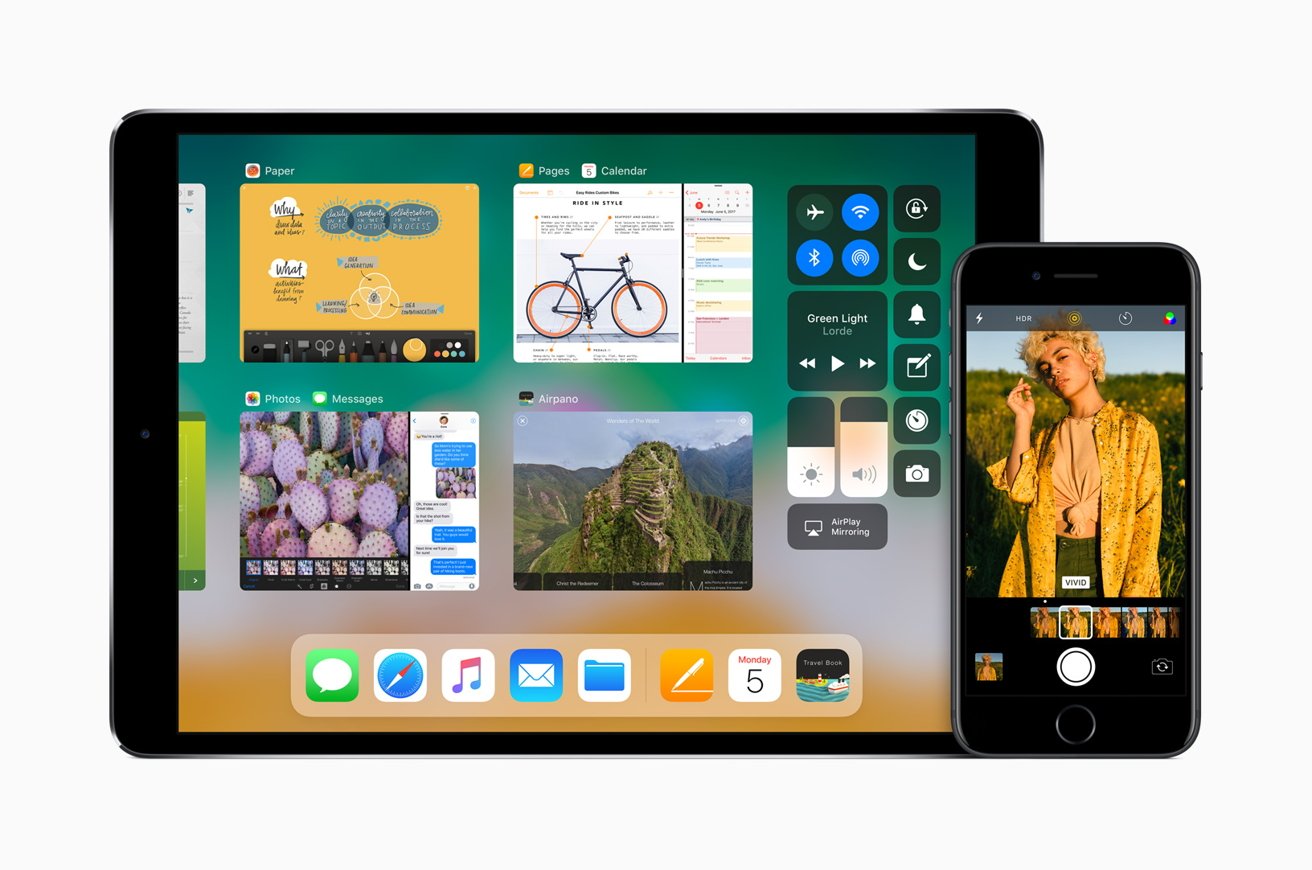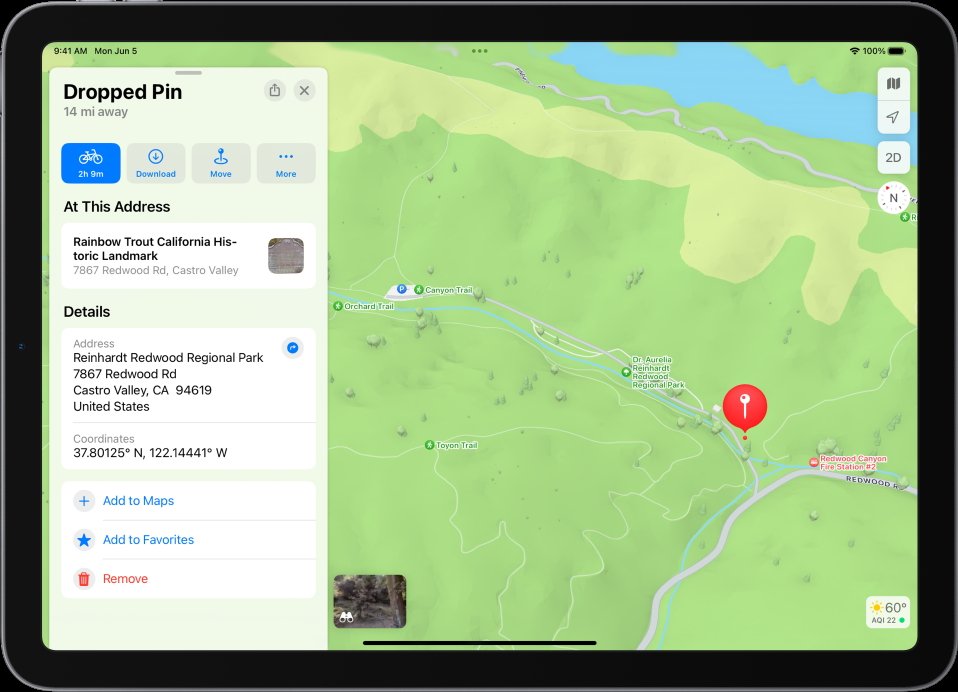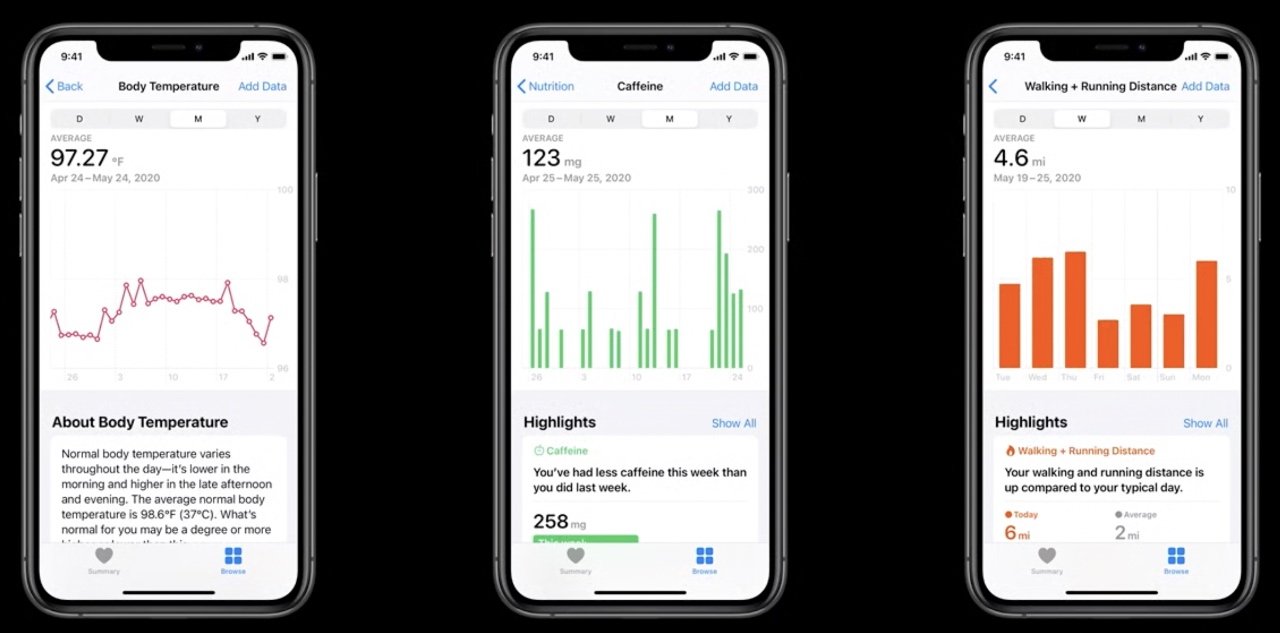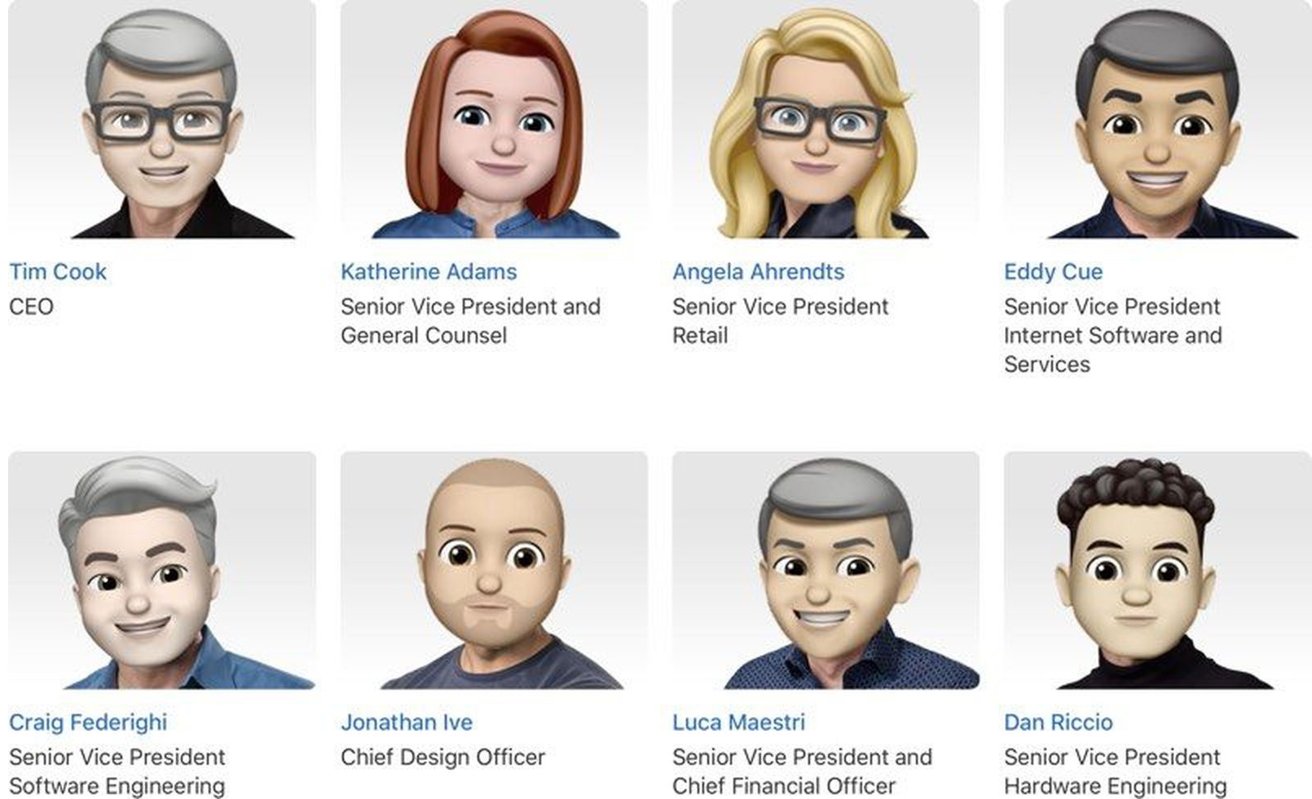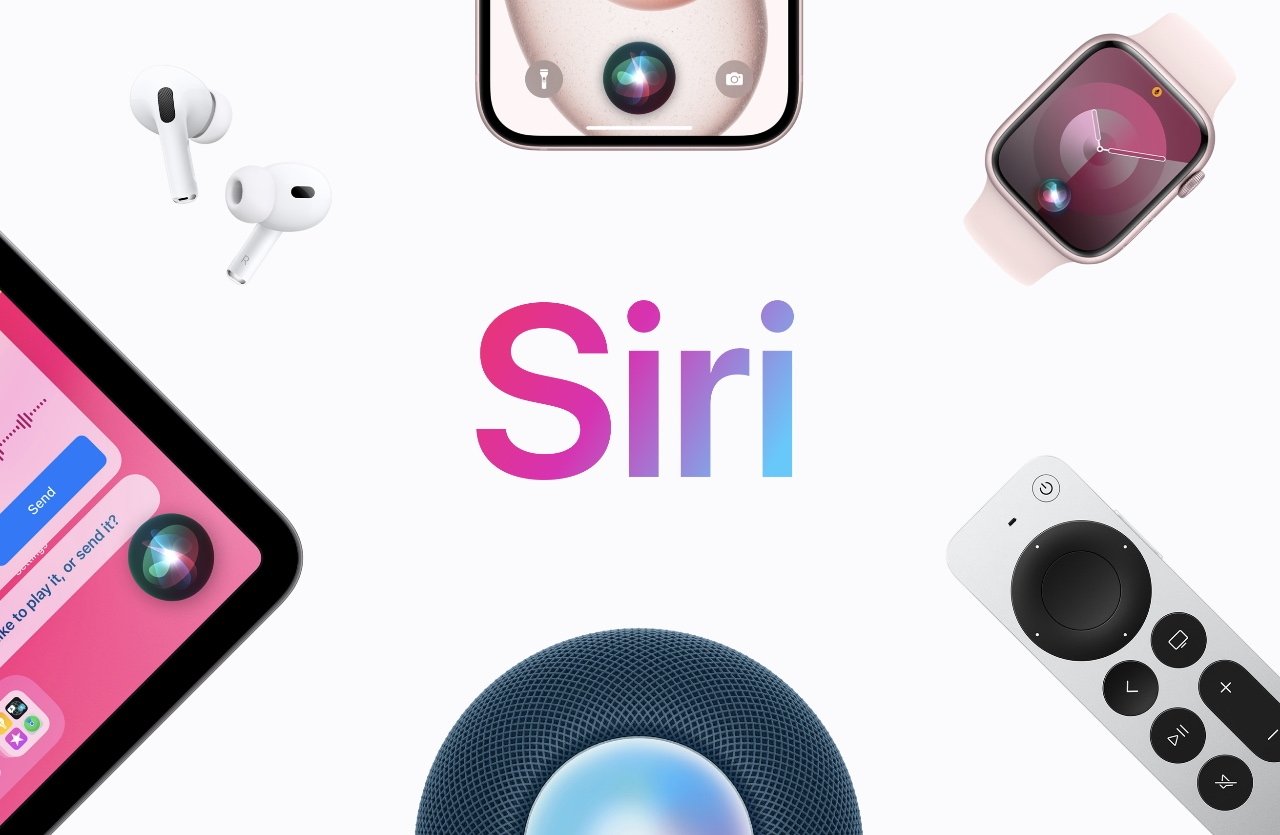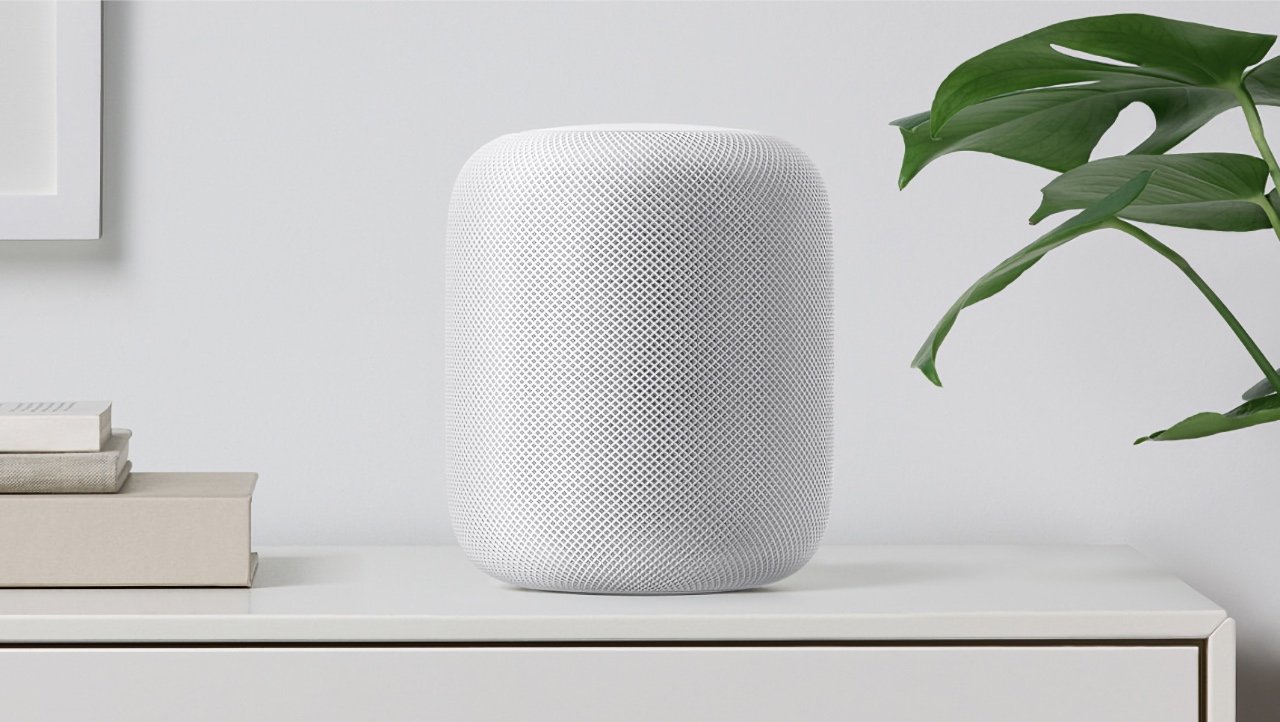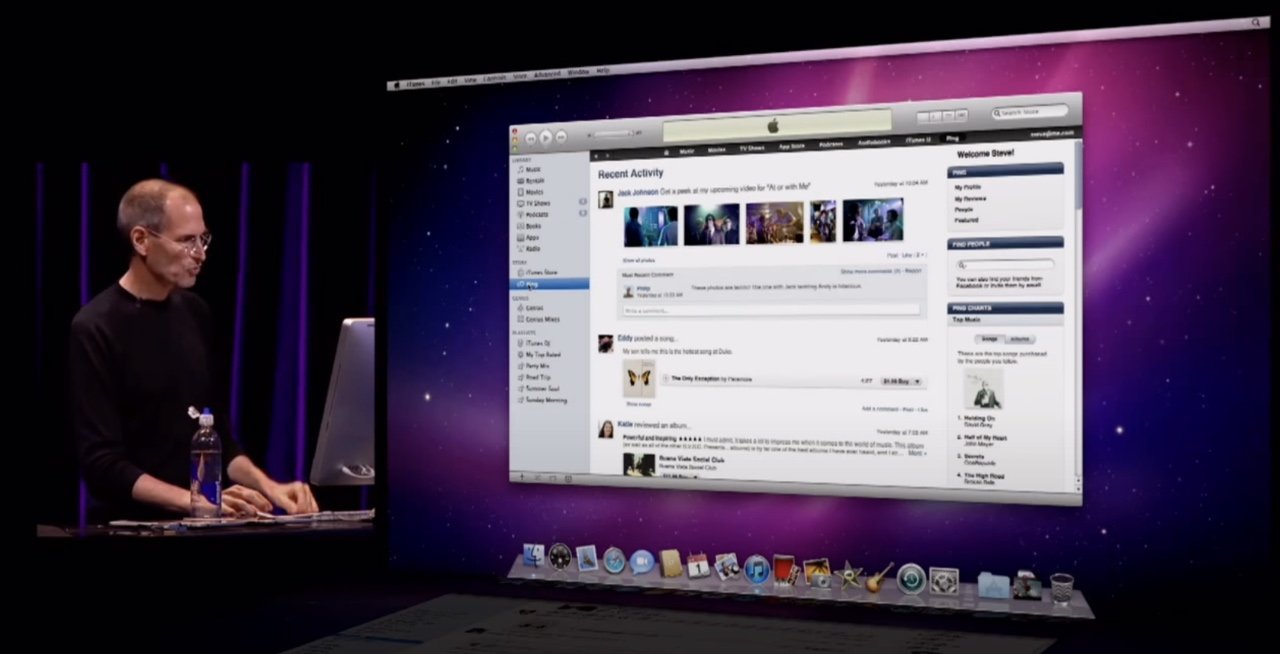WWDC is Apple’s annual backdrop for its most important software and hardware announcements. It has also unintentionally launched some of Apple’s biggest flops.
WWDC is not just a platform for Apple to showcase its latest developments. It is also a pivotal event that sets the trajectory for the company’s next generation of operating systems and services. And, occasionally, hardware.
For developers, WWDC is a chance to learn about upcoming changes so they can get a head start on developing new apps. WWDC has been the jumping-off point for things, which we cover here.
Highlights have included Apple’s transition to the Intel and Apple Silicon. The predecessor to the modern WWDC was Steve Jobs‘ legendary “fireside chat,” where he spent more than an hour listening to developers’ complaints and addressing them one at a time.
Apple’s software and hardware launches occasionally misfire, though. Instead of ushering in greatness, WWDC becomes a platform for questionable innovations or regressions.
Here are some of the biggest of those WWDC fails.
Worst of WWDC – iOS 11
It’s not often that an entire operating system is considered disappointing. Still, iOS 11 was not a normal update, and its release in 2017 occurred during an abnormal period at Apple marked by challenges and changes.
In 2017, Apple admitted what iPhone users had already noticed. A previous iOS update deliberately slowed down some older models to prevent issues with their aging internal batteries.
At the same time, the company was dealing with complaints that Siri was falling behind in the virtual assistant world (which Apple still has not resolved), it was facing a backlash that the Mac Pro was languishing and neglected, and the company was hit with lawsuits over the poor quality of the “butterfly” keyboards found in Mac laptops.
The newly announced iOS 11 should have revitalized the iPhone product line with new features and capabilities. Instead, it drew ire from users.
The functionality a new operating system adds often requires more processing power, so it’s not surprising that older devices might experience some slowdowns. However, iOS 11 drew complaints that it was sluggish and laggy in even the then-newest iPhone 7 and iPhone 7 Plus.
Apple officially dropped support for the iPhone 5 and earlier models, but users of the iPhone 6 noticed poor performance, which made their devices next to useless. The iPhone 6 was barely three years old when iOS 11 was announced, so it should have been easily capable of running iOS 11 without experiencing stuttering performance.
Many users reported a major increase in battery drain, with phones barely lasting a day on a full charge. Eventually, the performance was identified as the culprit, but improvements would have to wait for subsequent updates to be fully resolved.
iOS 11 was also plagued with bugs for Apple-native and third-party apps. Many apps broke when running under iOS 11.
Connectivity also suffered with Bluetooth and WiFi issues, and the design changes to the Control Center and other parts of the user experience added power, but at the expense of simplicity.
When Apple released iOS 11.2, many of these issues were resolved, and iOS 12 specifically targeted these pain points. By then, though, iOS 11 had already left a bad taste in users’ mouths.
Worst of WWDC – Maps
Almost seven years after Google Maps was released, Apple announced its own Maps app at WWDC 2012. The plan was to replace Google Maps on the iPhone, but right out of the gate, Maps was a disaster.
Apple’s app was widely criticized for literally leading users astray. Directions were often incorrect or confusing, and the routing it provided often took people to the wrong place.
Maps were such a disaster that executives publicly apologized, a rare occurrence at a company often tight-lipped about its behind-the-scenes operations. The company pledged to pour more resources into the tool, and while Maps has improved radically, many still don’t trust it.
Worst of WWDC – HealthKit
It’s hard to remember when Apple’s mobile devices didn’t include health and exercise tracking. In 2014, Apple launched the developer tool HealthKit to allow the iPhone to act as a central hub for all things health-related.
iOS 8 ushered in health and fitness tracking, but some things didn’t work out as planned. Basic features like step measurement and flight climbed often failed to be recorded. Communication of health data between apps, one of the main reasons Apple developed HomeKit, often didn’t work. Third-party health apps had problems sharing data with Apple’s Health app.
By the time the Apple Watch was introduced in 2015, HealthKit was updated and much more reliable, but it had a rocky start nonetheless.
Worst of WWDC – Memoji and Anamoji
Apple’s emoji-inspired avatars were not well-received when they arrived with the announcement of iOS 12 at WWDC 2018.
The cartoon-style avatars must have been a big hit internally because that year’s WWDC presentation included Memoji for each Apple executive that took the stage.
As many would find out when creating their own Memoji, they often looked nothing like the person trying to craft one. Craig Federighi‘s Memoji bore only the slightest resemblance to himself.
It is hard to watch the Memoji presentation without cringing when Kelsey Peterson, Apple’s director of machine learning, cheerfully shows off the Memoji builder.
Launching into the demo, she says, “So much fun!” and proceeds to build one based on her recent haircut and style choices. The resulting Memoji was uncanny because it didn’t look much like her.
Using face-tracking technology, Memoji could be turned into Animoji. As the name suggests, Animoji are Memoji avatars that replicate a user’s facial movements, allowing them to display things like winking, smiling, or sticking out their tongue.
Animoji can also be superimposed over a user’s actual body for FaceTime calls and other video uses, and they’re just about as creepy as one would expect. It’s nearly impossible to imagine anyone showing up for a virtual conference with a cartoon avatar as their representation.
Apple even changed its Leadership page to display the top executives as Memoji but abandoned the cartoon style pretty quickly, just as everyone else did.
Worst of WWDC – Siri
While Siri was officially released at an Apple “special event” in 2011 rather than WWDC, it has been a core part of Apple’s ecosystem since then, and various WWDC events have included updates to Siri and the implementation of the voice assistant across all of the company’s products.
A near-comical lack of comprehension has always hampered Siri’s amazing potential. Siri’s inability to process commands and its lack of features compared to other smart assistants has drawn criticism, and Siri’s shortcomings have been the subject of countless jokes.
Even the Reddit Siri subreddit is just a stream of complaints and screenshots of Siri’s mistakes. Many find that Siri has lost features and functionality over time, with no way for users to keep track of these changes.
Siri’s shortcomings are particularly visible because it is so tightly integrated with the operating system, yet it still lacks basic features that other virtual assistants have.
Siri will likely undergo a major overhaul, hopefully at this year’s WWDC, where Apple is expected to add AI-based skills to improve its functionality and accuracy greatly.
Worst of WWDC – HomePod
We partially included Siri because of Apple’s underwhelming HomePod launch at WWDC 2017. Designed to be the centerpiece of an Apple-envisioned automated home and life, the HomePod was large, expensive, and largely ignored.
The release of HomePod was delayed until early 2018, which was not a good sign.
With a $350 price tag, this wasn’t particularly surprising. HomePod was intended to provide a central tool for controlling HomeKit devices, playing music, and accessing Siri.
By HomePod’s launch, competitors, most notably Amazon, already had a lineup of smaller, more affordable voice assistant speakers. None of them have the excellent sound quality of HomePod, but when you’re putting devices around your home to interact with your virtual assistant, price is a bigger concern than sound.
Apple shelved the HomePod in 2021. after it debuted the smaller and more affordable HomePod mini in 2020.
The HomePod Gen 2 was released in 2023 and includes features that the HomePod mini already had. The new HomePod has Spatial Audio, new Siri capabilities, temperature and humidity sensors, and Apple’s U1 Ultra Wideband (UWB)chip. The UWB chip allows for handoff between HomePod and other devices with the U1 chip, such as the current iPhones.
Since the HomePod Mini is still dependent on Siri for its functionality, issues with Siri still hamper the acceptance of Apple’s home-oriented smart speakers.
The absolute worst of WWDC – Ping
If you aren’t familiar with Ping, it’s not your fault. Ping was one of Apple’s few missteps in the music space, and this one is a bit of a bonus flop because it wasn’t announced at WWDC but was supposed to connect to the company’s various music services and so tied to everything WWDC.
Ping, or iTunes Ping as it was officially known, was launched in 2010. It was designed to allow people to follow musicians and post comments on their feeds. It was an attempt at a music-driven social media network designed to be a cornerstone of Apple’s music services.
Within the first few hours after launch, Ping was full of spam. With no user verification, many musicians had accounts made in their names, confusing users and upsetting musicians.
Apple’s promised Facebook connectivity never showed up. Ping died a quiet death in 2012 when iTunes added Facebook and Twitter integration.
WWDC – Better Days Ahead
Steve Jobs famously opined that great technological advances come with setbacks. While these flops were setbacks, they shaped the future of technology at Apple in many ways.
After the complaints about Maps arose, Apple committed resources to fix it. Siri’s shortcomings will undoubtedly guide future advances, some of which may come at this year’s WWDC.
Even with some high-visibility flops, WWDC is still a showcase of the best the Apple ecosystem offers. With many more hits than misses, WWDC is still one of the most important events in advancing Apple’s technologies and improving users’ lives.
And, if Tim Cook’s comments about AI are any indication, it might be remarkable.


